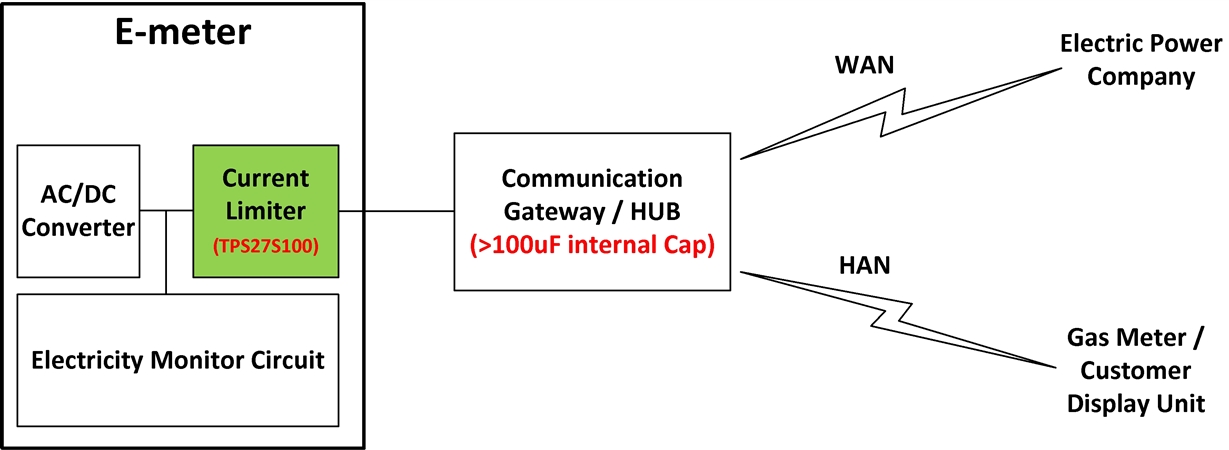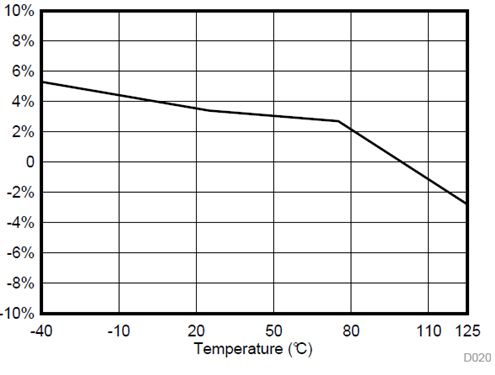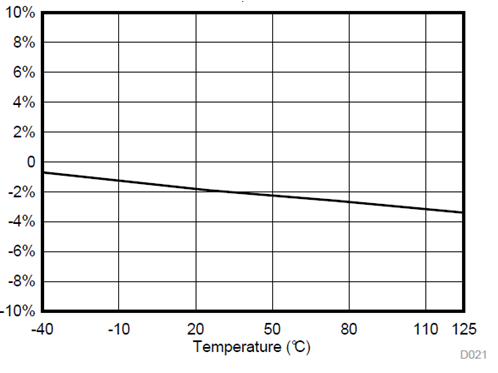SSZTA80 april 2017 TPS27S100
Automatic meter reading (AMR) systems have become more popular in recent years. This technology saves electricity providers the expense of periodic trips to each physical location to read a meter so that billing is based on real-time consumption rather than on estimations. Because of these advantages, AMR has even become a mandatory requirement to all new generation e-meters in some countries.
Below you’ll find a typical block diagram for a smart e-meter system. Data transmission is achieved by a replaceable communication hub with hundreds of microfarad capacitance. The communication hub is plugged in the e-meter, and its power supply comes from the e-meter’s internal AC/DC converter. If the communication hub is damaged, it must be replaced, which causes a communication hub hot plug to occur. However, the electricity monitor circuit is required to operate normally even though its power supply comes from the same internal AC/DC converter. In order to meet this requirement, a device with current limit function is necessary to connect the AC/DC converter and communication hub.
 Figure 1 Smart Meter Power Topology
Figure 1 Smart Meter Power TopologyThe TPS27S100 is a single-channel 80mΩ Rdson smart, high-side switch with full diagnostics and protection. It integrates an accurate adjustable current limit function at 20 percent tolerance across a wide temperature range between -40°C and 125°C. Because the AC/DC converter output voltage is quite stable, a precise power limit is achieved with this accurate adjustable current limit function to help save AC/DC converter power and PCB size.
Take UK smart e-meter standards as an example. The communication hub requires at least 6W power to guarantee its normal operation. To simplify the calculation, the AC/DC output voltage tolerance is neglected. If TPS27S100 is used as the current limiter, the AC/DC converter needs to leave power for the communication hub during the design. However, if a current limiter with 40% current limit accuracy is selected; the AC/DC converter needs to leave power for the communication hub. This example illustrates the current limit accuracy influence to AC/DC converter power margin.
The adjustable current limit accuracy of TPS27S100 is shown below in the two graphs. figure 27 shows the current limit accuracy under 0.5A current limit, and figure 28 shows the current limit accuracy under 1.6A current limit. You see here that the device’s actual performance is much better.
 Figure 2 KCL=0.5A,
13.5V
Figure 2 KCL=0.5A,
13.5V Figure 3 KCL=1.6A,
13.5V
Figure 3 KCL=1.6A,
13.5VIn conclusion, a smart e-meter internal AC/DC converter can be designed with lower power capability with a precise current limiter connect behind it. This help to save system cost and size a lot. In the future, the smart e-meter size is going to be smaller, a precise current limiter would be more important in the system.